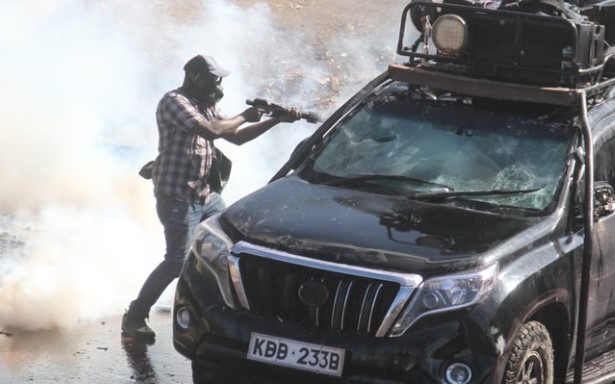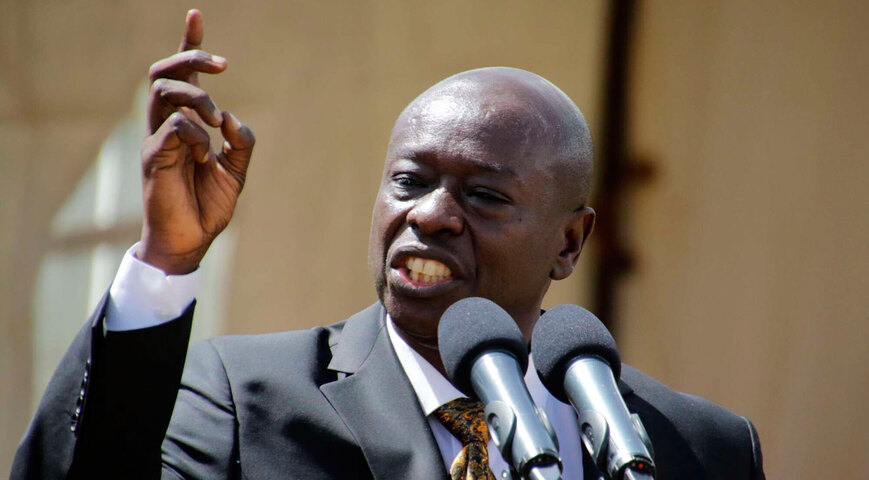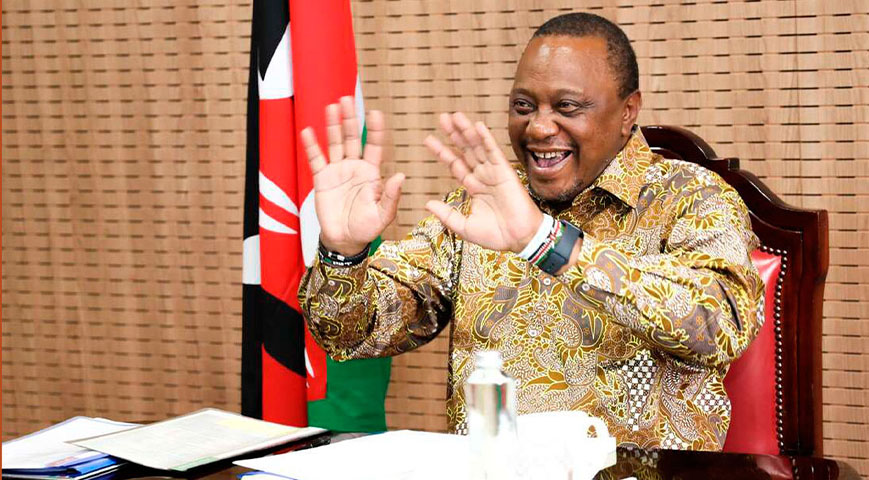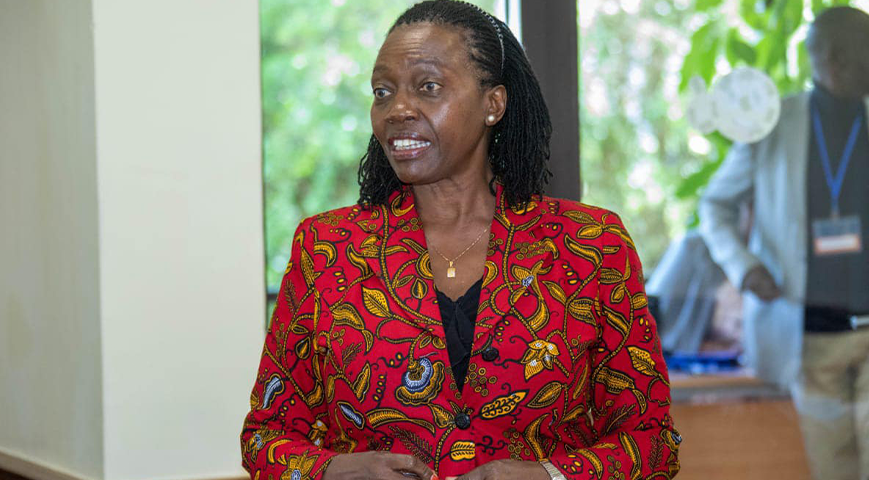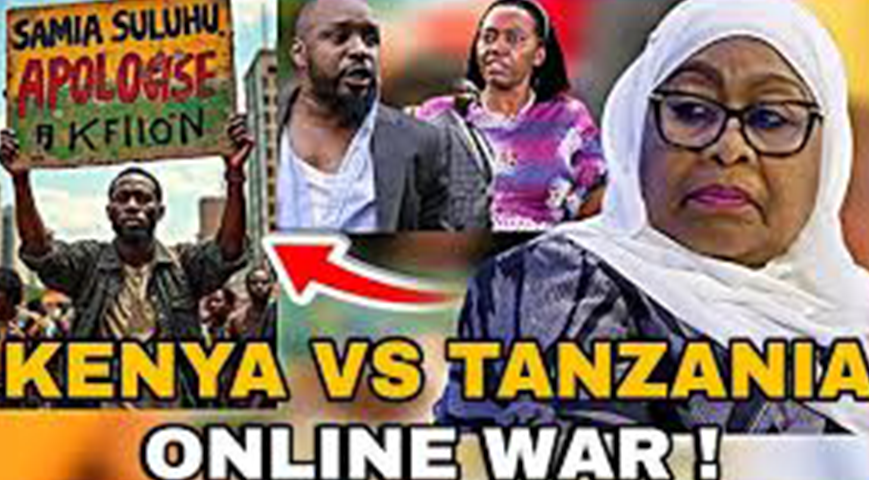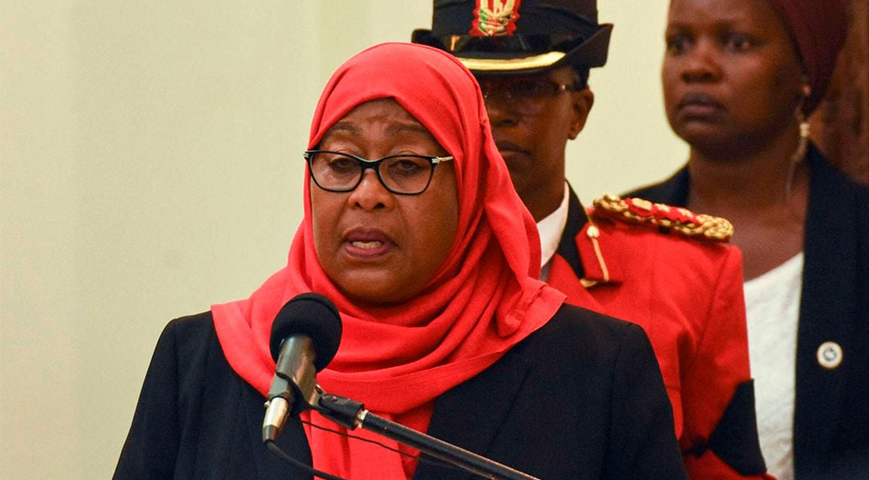The Media Council has condemned the attack on journalists by the police as they covered Thursday's anti-government mass demonstrations.
In a statement through its social media, the Council says the month of March remains the darkest month for the Kenyan media since the gaining of multiparty democracy following the attack on a member of the fourth estate.
"The most targeted are camerapersons and photographers who have been targeted by the perpetrators of acts of hooliganism and criminality whose interest is to destroy any evidence of their acts captured on camera," MCK CEO David Omwoyo said in a statement on Twitter
Further, he said that 25 local and international journalists have been targeted by both state and non-state actors since the onset the mass protests on March 20 so far.
Did you read this?
On Monday, March 27, twenty instances of violence, intimidation, and arrests against journalists were recorded.
According to MCK Director for Media Training and Development Victor Bwire, six journalists were hospitalised on Thursday with serious physical injuries.
He claimed that several of the journalists had their phones and other equipment taken or vandalised, apparently with the intention of erasing any photographs that would have captured police abuses during the protests.
He said the Council will take legal action against the National Police Service considering the attacks were deliberate.
In order to put pressure on the government to implement policies that will reduce the cost of living and settle electoral problems, Azimio leader Raila Odinga called for weekly rallies, alleging that the presidential election in August was rigged.
When police brutally repelled his convoy at Kware in Embakasi South as he sought to force his way to Outering Road and head to the CBD, journalists covering Thursday's large protests were caught in the crossfire.
An officer in plainclothes breaks the glass of a media vehicle in the convoy with his gun before firing a teargas canister into the vehicle in a video that has since gone viral on social media.
— Kiberenge Jnr CPA/BCom (@mugasiak1) March 30, 2023
Photos posted online showed seriously wounded journalists with bloodied clothes and bandaged faces.
“Journalists are not contestants in the current political processes and it is unwarranted, gross violation of human rights and impediment to democracy to target them, while knowing they have a duty to inform the public on such matters of public interest,” Omwoyo said.
Additionally, he has advised editors and reporters preparing for assignments to prioritise risk assessment while in the field.

